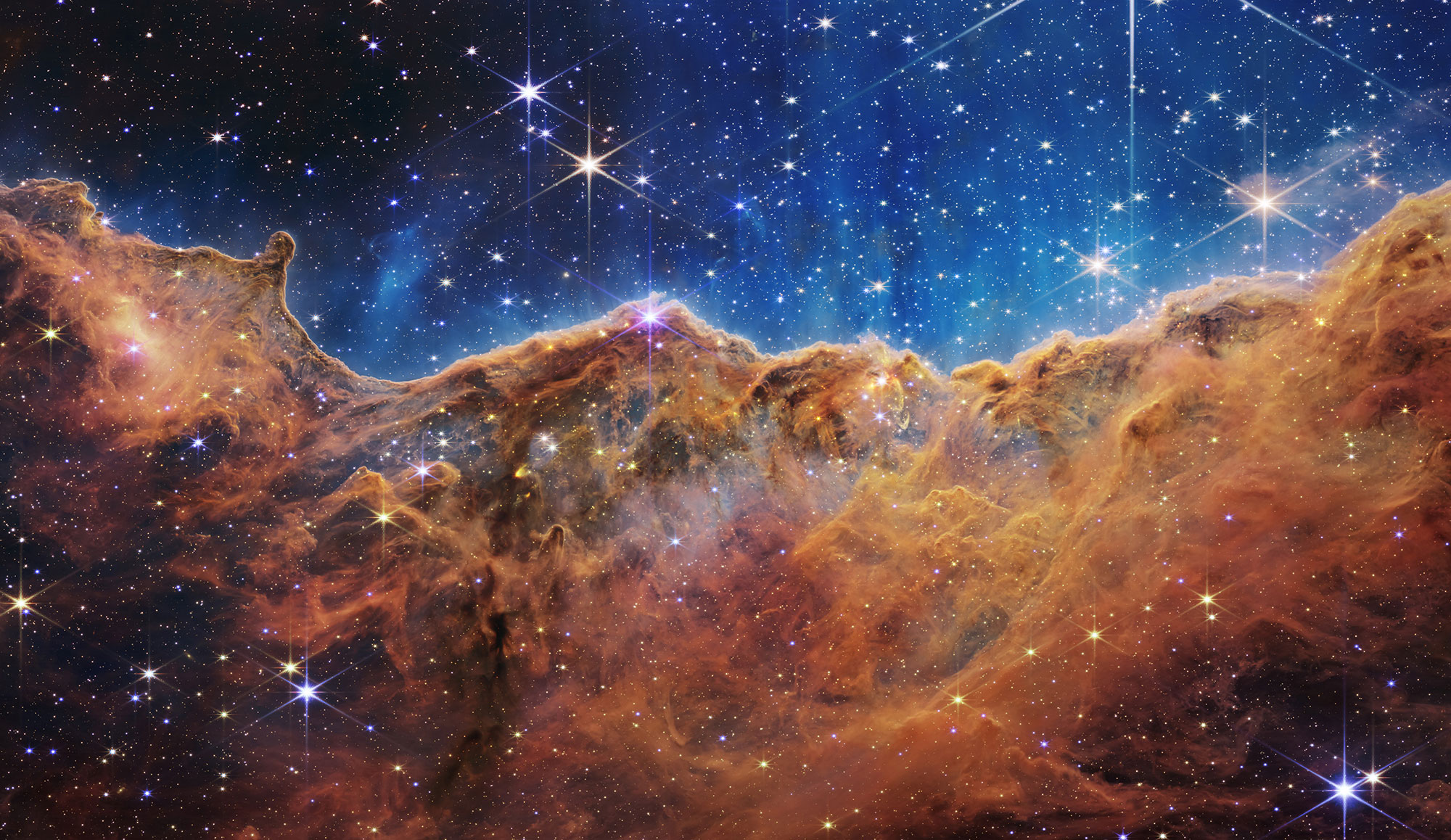
Preparations continue for the launch of the National Oceanic and Atmospheric Administration’s (NOAA) Joint Polar Satellite System-2 (JPSS-2) satellite. On Tuesday, Oct. 4, JPSS-2 was attached to its payload adapter inside the Astrotech Space Operations facility at Vandenberg Space Force Base in California. On Wednesday, Oct. 5, technicians and engineers completed the mate process using a crane to lift JPSS-2 and attach it to the top of the stack containing the re-entry vehicle for the Low-Earth Orbit Flight Test of an Inflatable Decelerator, or LOFTID, technology demonstration.
To prepare LOFTID for stacking, technicians mated the re-entry vehicle payload adapter interface ring to LOFTID inside Building 836 at Vandenberg. Then the team mated the payload adapter separation system inside the re-entry vehicle payload adapter canister. Finally, technicians lifted the payload adapter canister over the re-entry vehicle to complete the stack. The LOFTID stack was moved to Astrotech to complete mating operations with JPSS-2. Next up, the assembly will be encapsulated in a protective payload fairing. After encapsulation, the team will transport the encapsulated spacecraft to Space Launch Complex-3 where a crane will hoist it up for attachment to the second stage of the United Launch Alliance Atlas V 401 rocket.
JPSS-2 and LOFTID together measure approximately 27 feet tall. Launch is targeted for Nov. 1 from Vandenberg. NASA’s Launch Services Program, based at the agency’s Kennedy Space Center in Florida, is managing the launch.





























